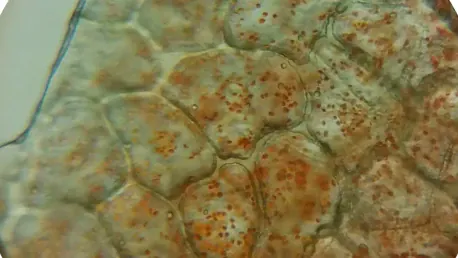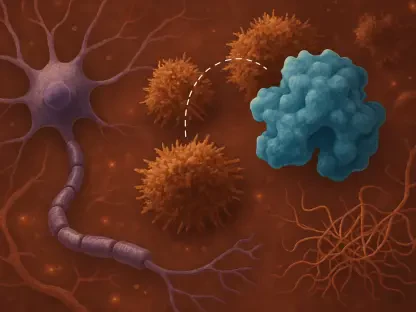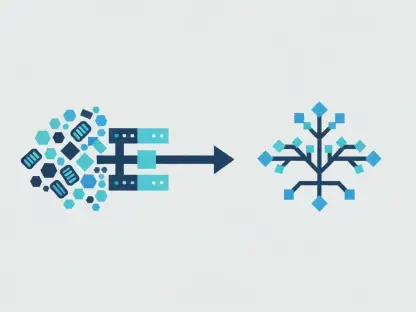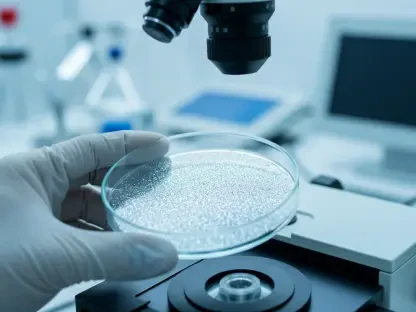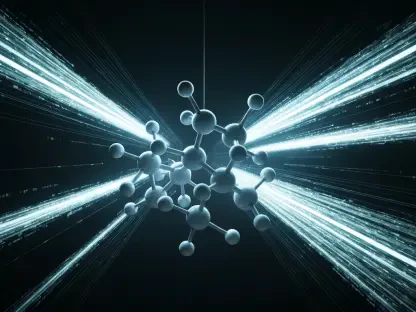In the fast-evolving world of biotechnology, the integration of AI in cell culture monitoring and analysis has emerged as a game-changing advancement. Among the pioneers in this domain is BioTech Innovations, a corporation renowned for its groundbreaking work, which employs AI to revolutionize cell culture protocols, enhancing both efficiency and precision.
Background and Significance
BioTech Innovations has positioned itself at the forefront of scientific advancements over the past few years. Founded in 2018, the organization has rapidly developed and deployed AI-driven solutions that have significantly impacted the field of cell culture monitoring and analysis. Their AI systems offer incomparable precision, ensuring consistent monitoring of cell cultures, reducing human error, and optimizing experimental outcomes.
Major Achievements
One of the hallmark achievements of BioTech Innovations is their development of an AI-powered monitoring system known as CultureGuard. Launched in 2022, CultureGuard utilizes machine learning algorithms to monitor the biological parameters of cell cultures in real time. This system can detect minute changes in pH levels, temperature, and cellular growth, thereby predicting potential anomalies before they become problematic. By harnessing AI, CultureGuard ensures that scientists can maintain optimal culture conditions, minimizing the risk of contamination and culture loss.
In 2023, BioTech Innovations further expanded their horizons by introducing an AI analysis tool named CellVision. This tool automates the image analysis of cell cultures, which traditionally required extensive manual effort. CellVision employs deep learning models to accurately identify and quantify cell morphology, confluence, and health status. The data gathered is then processed to provide comprehensive reports, enabling researchers to make well-informed decisions promptly.
Unique Traits
BioTech Innovations distinguishes itself through an unwavering commitment to integrating AI with practical laboratory applications. Their systems are designed with user-friendliness in mind, ensuring that both seasoned researchers and novices can utilize the technology without extensive training. Additionally, the continuous update framework of their AI models ensures that the tools remain current and robust, adapting to new advancements in biotechnology.
Moreover, BioTech Innovations maintains strong collaboration with academic institutions and research organizations, fostering an environment of shared knowledge and constant innovation. Their dedication to improving cell culture methodologies has not only streamlined research processes but also contributed to significant cost reductions in laboratory settings.
Current Status and Future Prospects
As of this year, BioTech Innovations continues to lead the charge in integrating AI in biotechnology. They are working on enriching their existing AI systems with more sophisticated predictive capabilities, aiming to preemptively identify and mitigate issues that could compromise cell cultures. They are also exploring partnerships with pharmaceutical companies to extend the application of their AI tools in drug development and personalized medicine.
Looking ahead, the realm of cell culture monitoring and analysis stands poised for significant transformations driven by AI. BioTech Innovations’ relentless pursuit of excellence has set a high benchmark, inspiring other entities in the field to embrace and advance AI-driven methodologies.
Conclusion
BioTech Innovations has indeed cemented its place as a trailblazer in the integration of AI in cell culture monitoring and analysis. Through their innovative solutions like CultureGuard and CellVision, they have made substantial contributions to laboratory efficiency, precision, and cost-effectiveness. The company’s ongoing efforts promise a future where biotechnological research and applications are more reliable, swift, and insightful. For those intrigued by the nexus of AI and cell culture, BioTech Innovations offers a compelling narrative of progress and potential.
